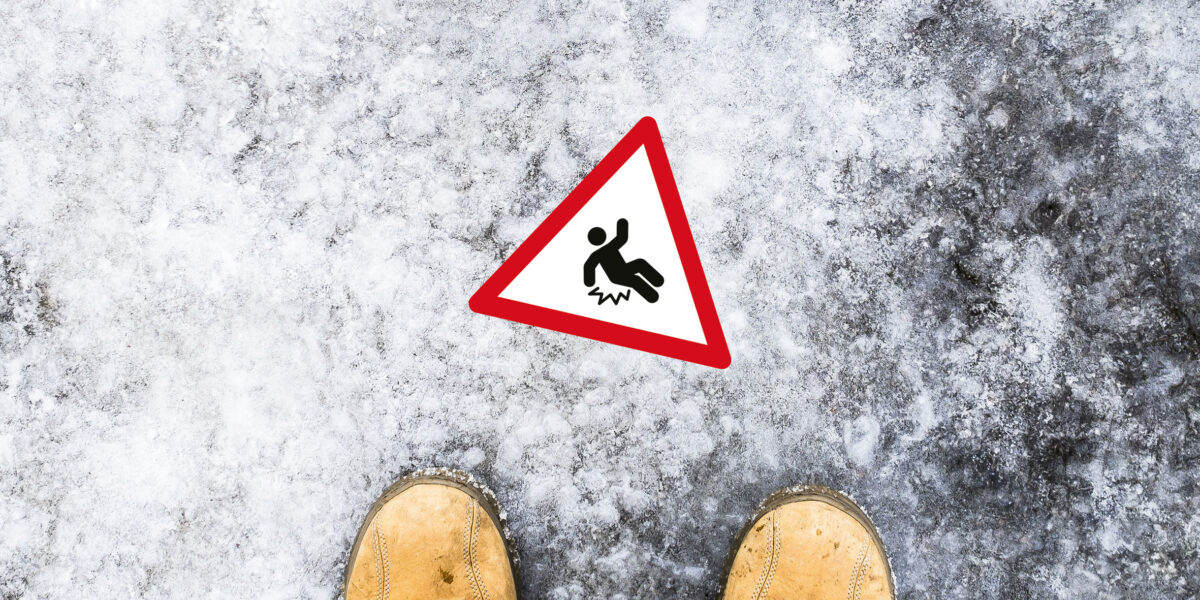Slips and trips are common workplace accidents leading to absences.
“On Fingrid’s worksites, they have accounted for just below half of all occupational accidents, which is a relatively large number,” says Markku Pöysti, Expert in Occupational Safety at Fingrid.
Although slips are more prevalent than trips, Pöysti says that he rarely sees actual slip prevention plans when he visits worksites.
“Slip prevention is an everyday task on the worksite: sanding and salting when the weather demands it. However, slippery conditions come every year, and we struggle with the same things every time. Slips mainly happen in the winter months, but we should not forget that mud and clay can be slippery at any time of the year.”
The HSE supervisors working on Fingrid’s sites have a lot of safety expertise, knowledge and skill.
“We worked with them to think about practical steps we could take to prevent and manage slipperiness,” says Pöysti.
Slip prevention is an everyday task on the worksite: sanding and salting when the weather demands it.
This led to the latest Best Practice material, which is not compulsory for worksites but serves as a good guideline for planning slip prevention. The material describes the topics that a slip prevention plan should cover and what needs to be considered when implementing the plan.
“The site manager or project manager usually oversees the preparation of the slip prevention plan, and it is good to have the plan in writing. It is also important to include the worksite personnel in the process, especially those involved in slip prevention work,” Pöysti notes.
A new module on slip prevention planning was added to the Best Practices material at the start of October.
“We hope it will help worksites to make their own plans, ultimately leading to fewer occupational accidents due to slipping.”
The importance of foresight
“When bad weather rolls in, slipping can be a big problem. It may only take 15 minutes for the conditions to change throughout the worksite, which can cover a large area. For example, the Lake Line 3 project is 83 kilometres long,” says Antti Nykänen, Site Manager and HSEQ Supervisor at Destia, on the worksite of Lake Line 3, a new transmission line under construction between Iisalmi and Kuopio.
Nykänen was one of the HSE Supervisors who helped compile the Best Practices material. He has a background in road maintenance, gritting, salting and ploughing.
Nykänen highlights the importance of foresight and a clear division of responsibility:
“Who is responsible for planning action: the site manager or the work group? Who manages certain column spans? Who monitors the weather forecast? Who does the gritting, and what material do they use for it? Is gritting done by machine or manually? Where is the material sourced from? When things like these are decided in advance, a slip prevention plan benefits the worksite.”







